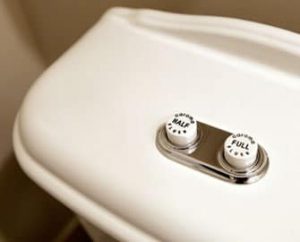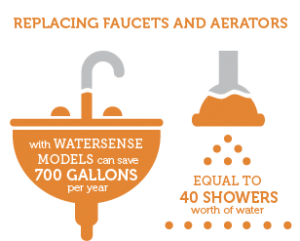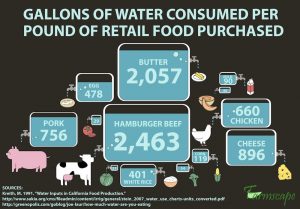There’s a lot to consider when it comes to addressing your water needs and ultimately awarding a project to the most qualified bidder. Whether you’re in need of a large scale project such as the design and construction administration of a water treatment plant, or something smaller like a new water main, the deciding factors are equally important. Although it may seem daunting to weigh the magnitude of experience and qualifications across all the competing bids, we are big proponents for small engineering firms. Read on to see six great reasons why working with a small engineering firm could be a huge benefit to your company, institution, or municipality.
True Experts in the Field
In choosing a small engineering firm, you’ll have the opportunity to work with engineers who have expertise in both a specialized service as well as experience across multiple facets of the business. It is common to see groups of small teams within a firm that focus on particular segments of the business, be it water, wastewater, stormwater, or construction. Given the nature of a small firm however, there are large opportunities for teamwork and collaboration across the different services. For example, an engineer with a focus on stormwater, may have contributed their knowledge to a wastewater project.
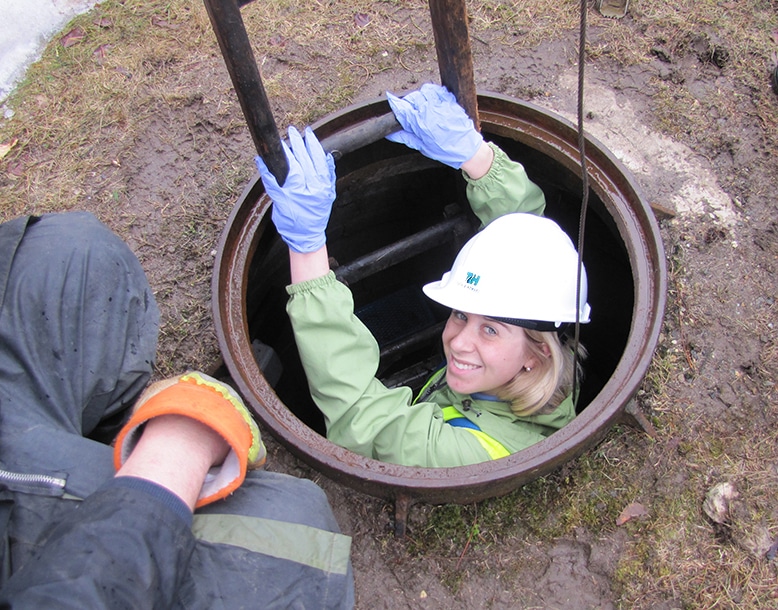
Folks in smaller, privately owned firms, also tend to stay at the company for longer periods of time. With a feeling of trust and community within the company, experience will always increase with longevity.
Client Focused and Reliable
From first interaction to project completion, the team will be there to assist through every step. Teams within small engineering firms are known to go the extra mile to meet the needs of their clients and stop at nothing to make sure all expectations are exceeded. More so than the project itself, a solid client-firm relationship is critically important. When a company is small, team members are often more accessible and eager to help.
Familiar with the Area
Most small, regional firms tend to have a majority of clients close to their headquarters and satellite offices. Having a level of familiarity within a tighter geographic region provides huge benefits for firms and clients alike. For example, when a firm works with a town, they learn the ins and outs of new and existing systems. When it comes time for another project in the same town, the small, local firm is then one step ahead of the competition. Firms that are more local to the client also are more likely to have greater connections with other contractors and utilities nearby.
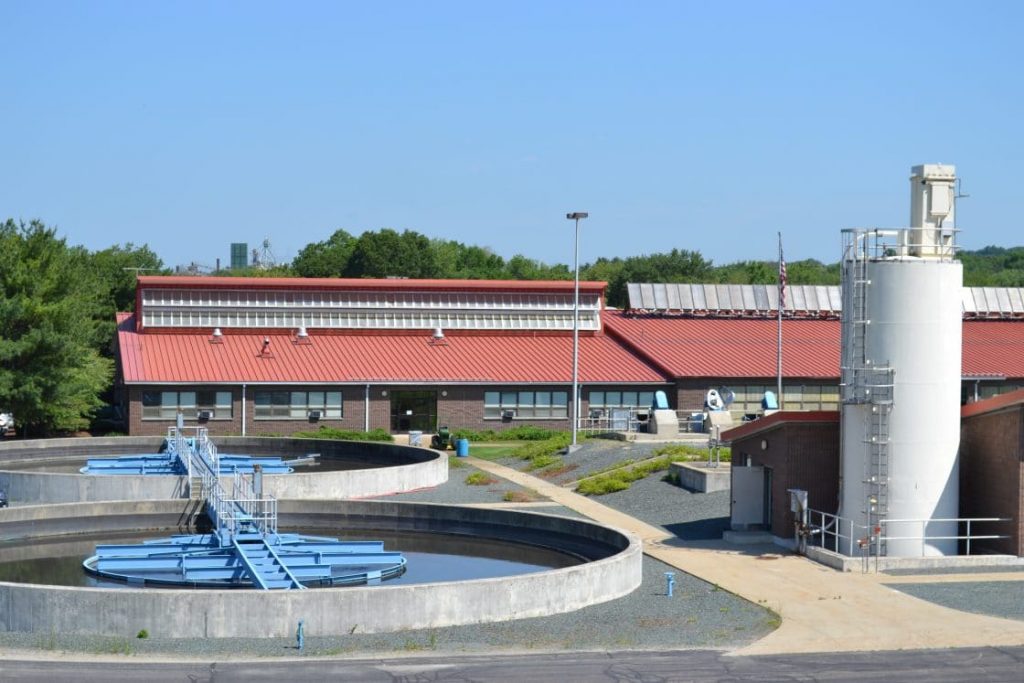
Engaged Engineers
According to a 2017 study by Gallup, smaller companies have higher levels of employee engagement. From 2012-2016, the percentage of engagement levels in small companies grew by five percentage points. In the same time frame, engagement levels in larger companies barely budged. Similarly, 42% of employees working at companies of 10 or fewer were engaged at work versus the 30% who worked at larger companies. Use this stat when you’re thinking about the team of engineers working on a project (i.e. 10 person companies can easily be equivalent to 10 person teams.)

Transparency
A big component of a solid working relationship is honesty. In any project, big or small, there will always be bumps in the road. A small engineering firm is more inclined to reveal challenges and concerns and face them throughout the course of the project. With full transparency, the firm and client can then work together to address all needs and achieve the end goal.
Small Firms – Big Hearts
In this day and age, ‘giving back’ is incredibly important to consumers. You want to know the company you’re doing business with cares about the world around them. Often times, you will see smaller firms participating in ways well beyond dollars. Giving time, partnering with local charities, and finding a cause that employees truly want to be a part of are what small companies tend to excel in.
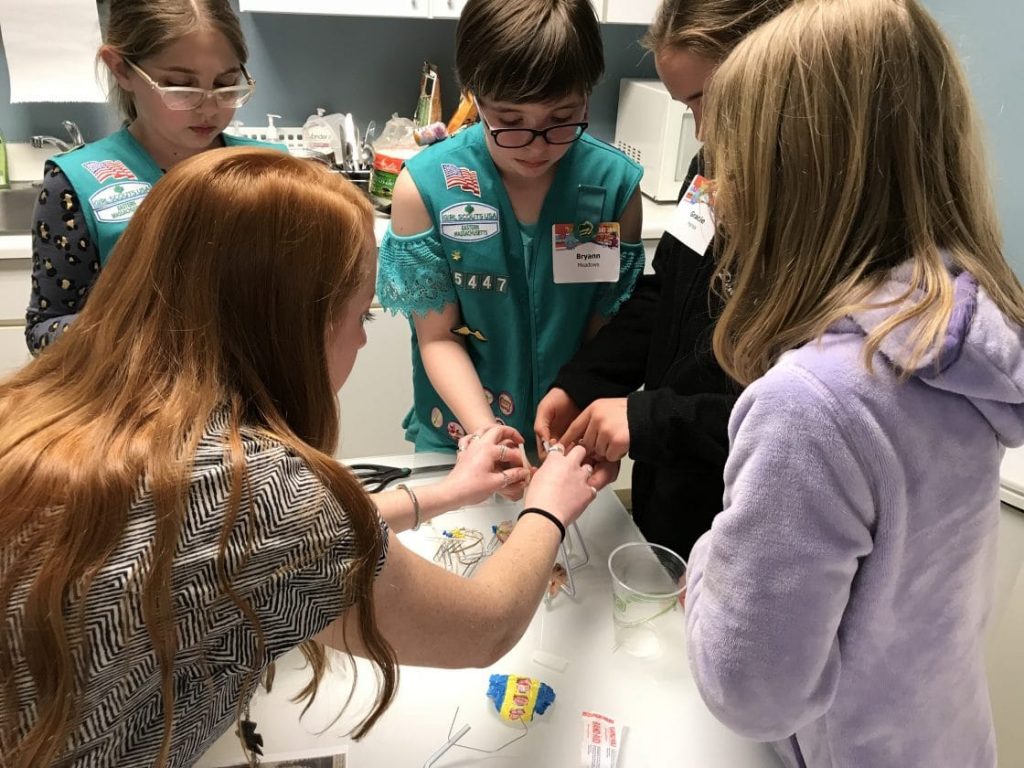



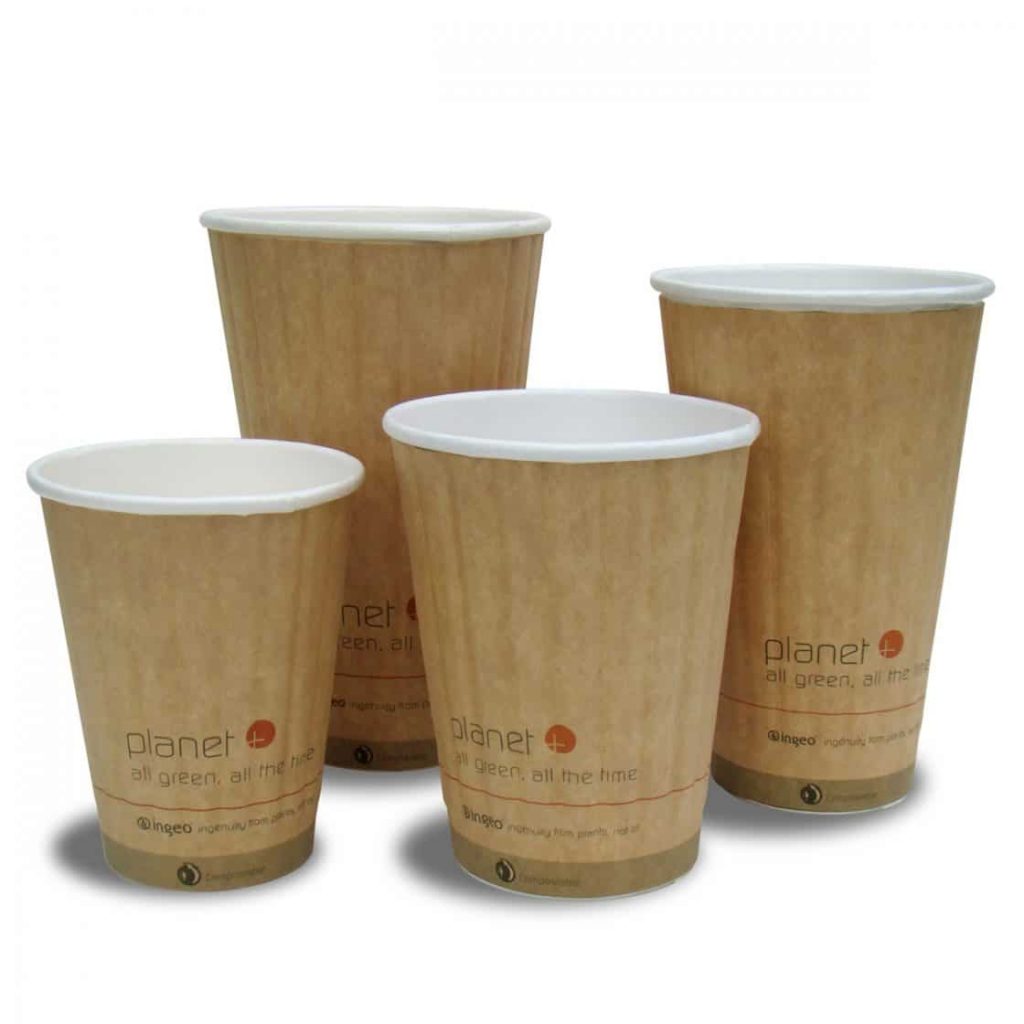
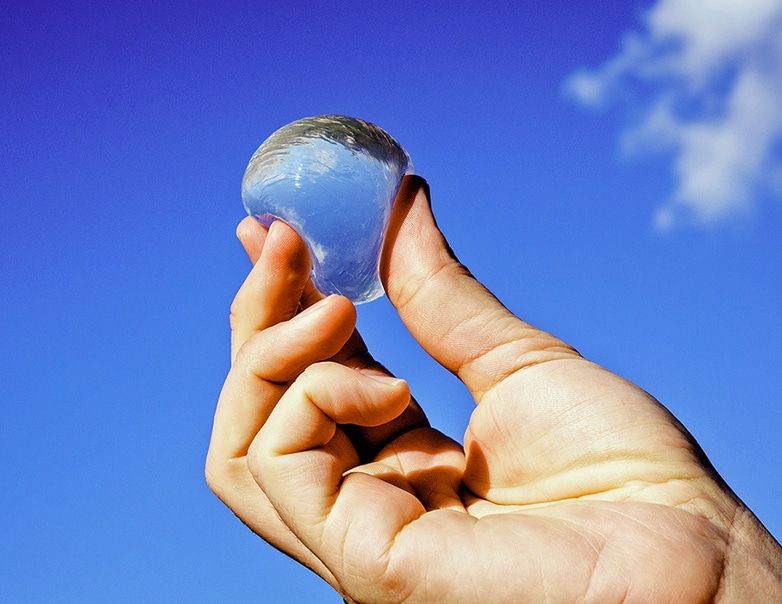
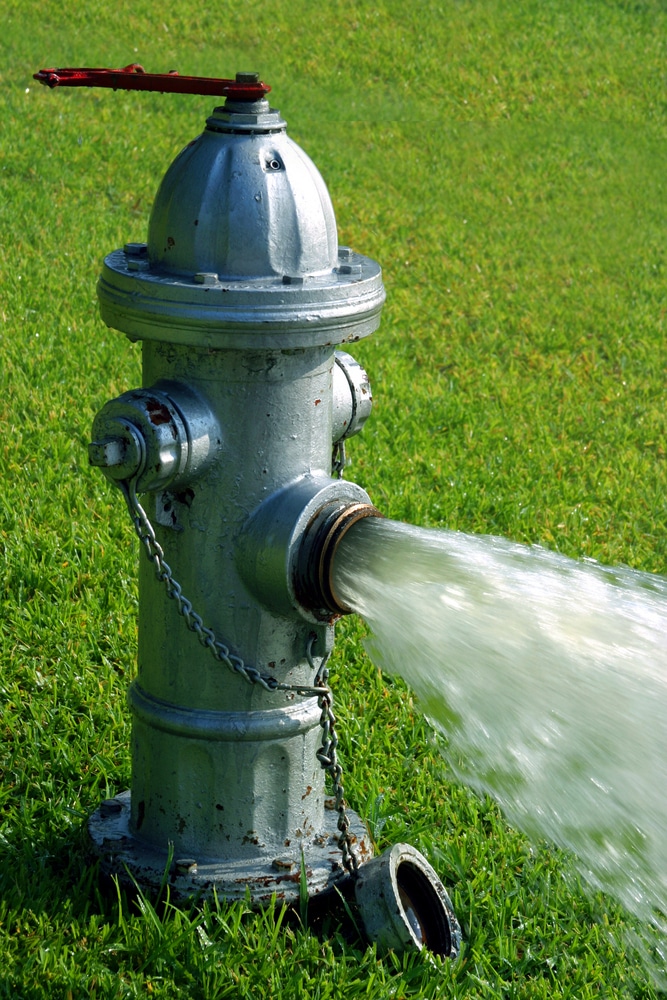
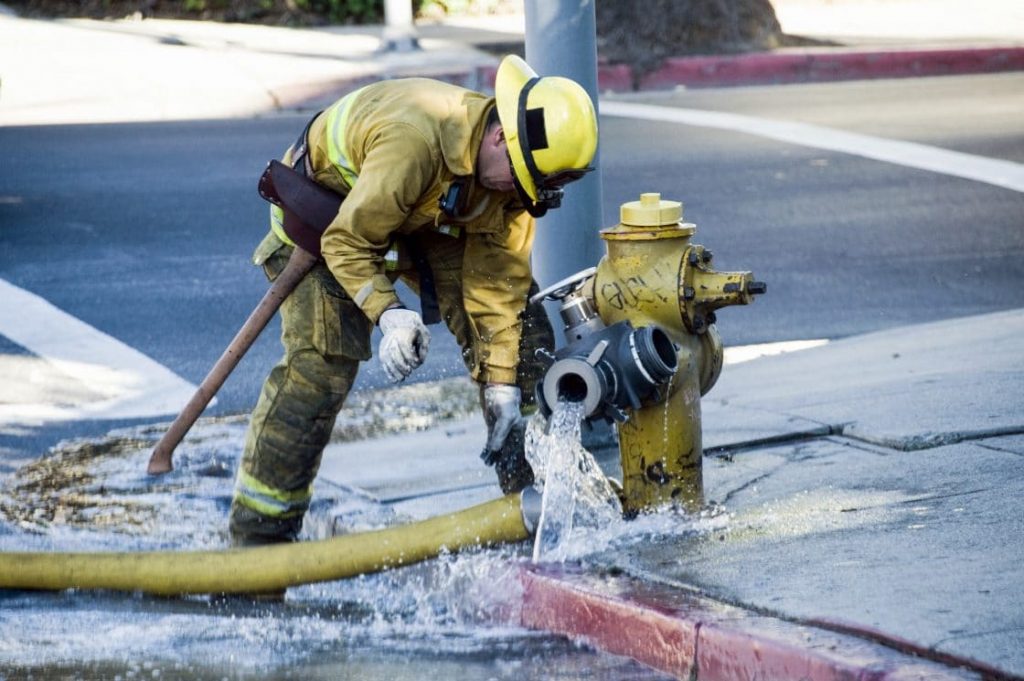

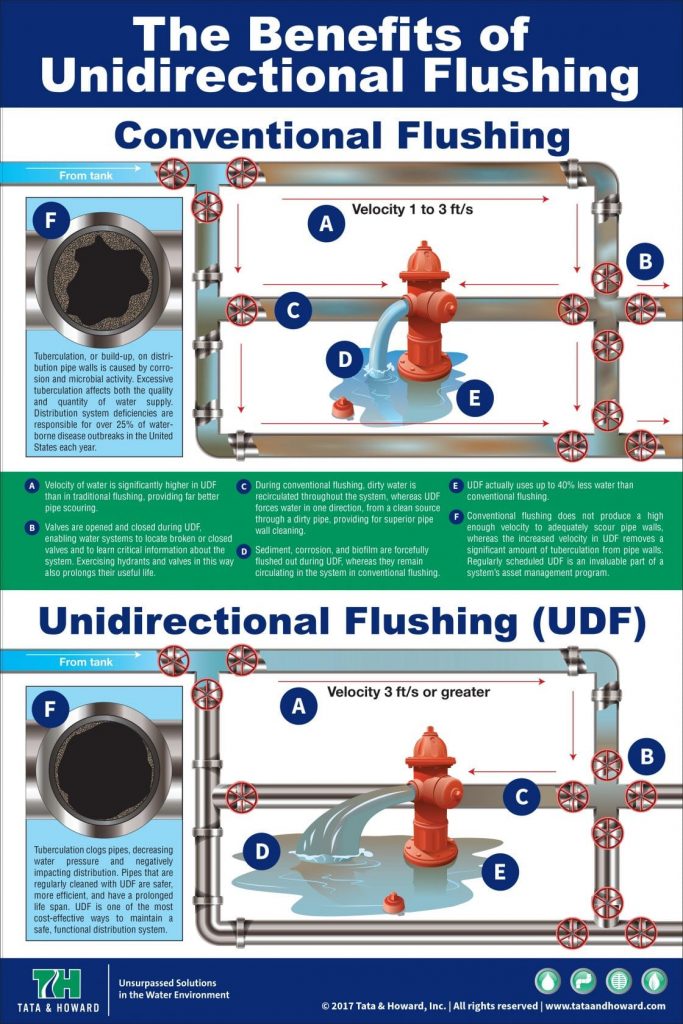
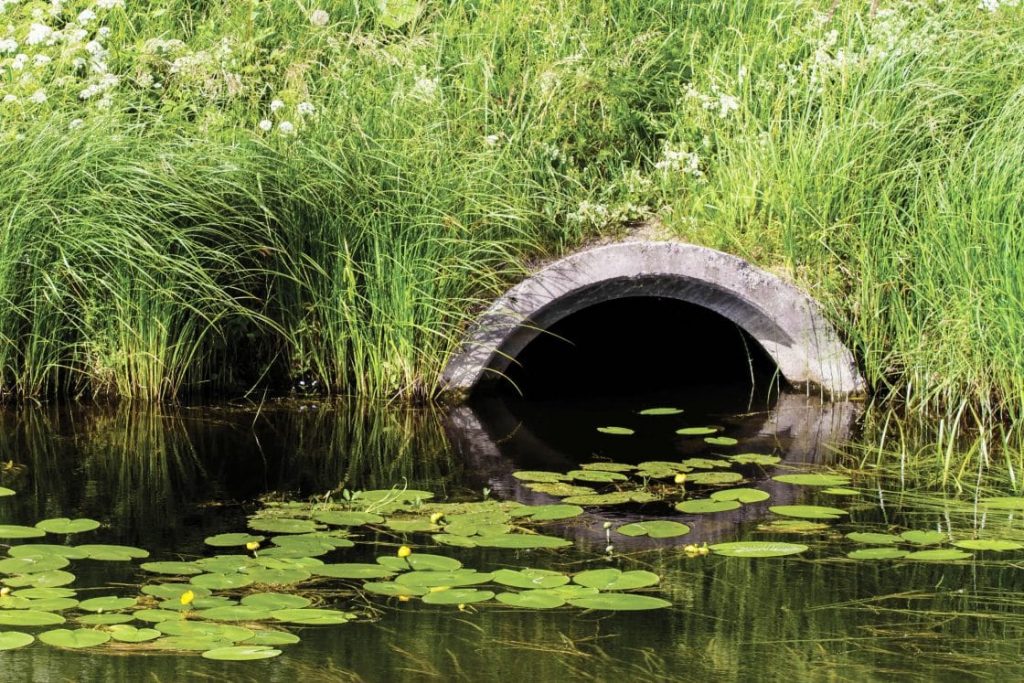
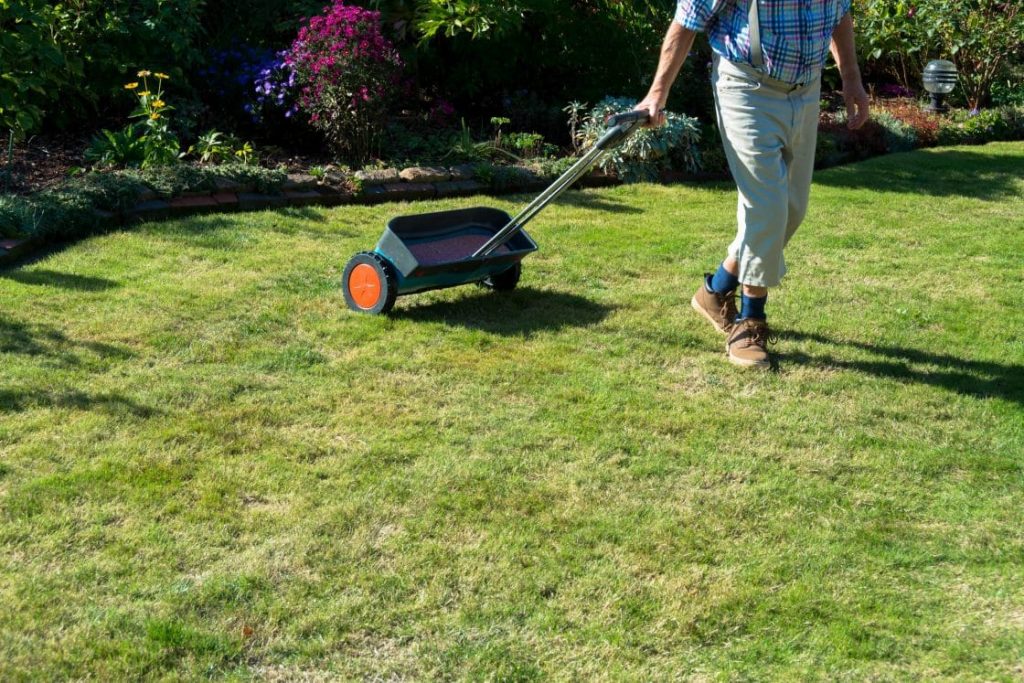
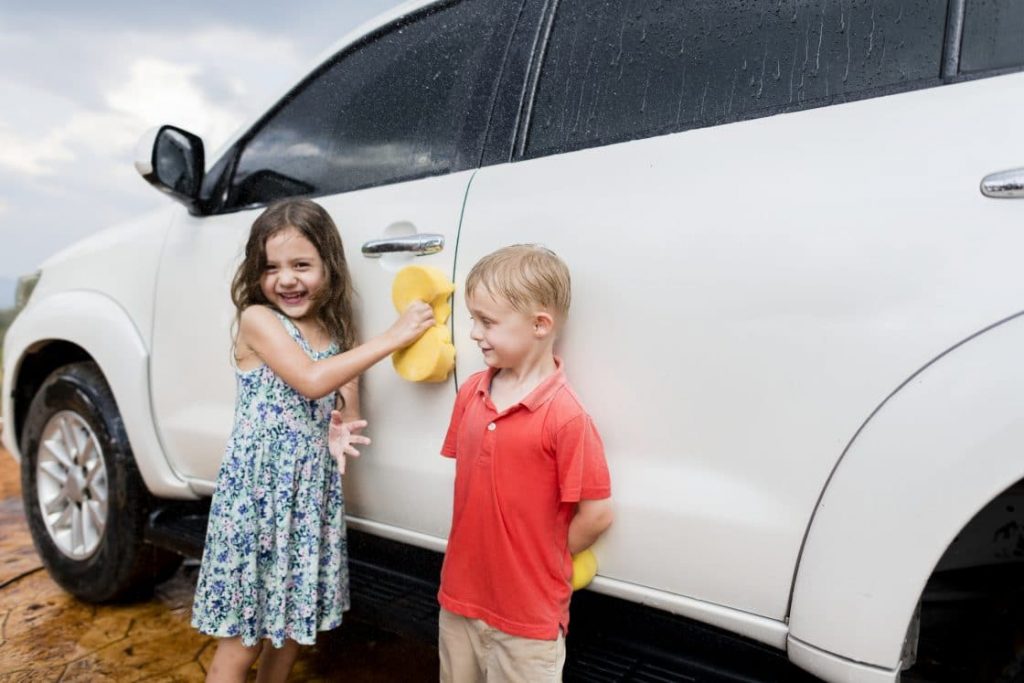

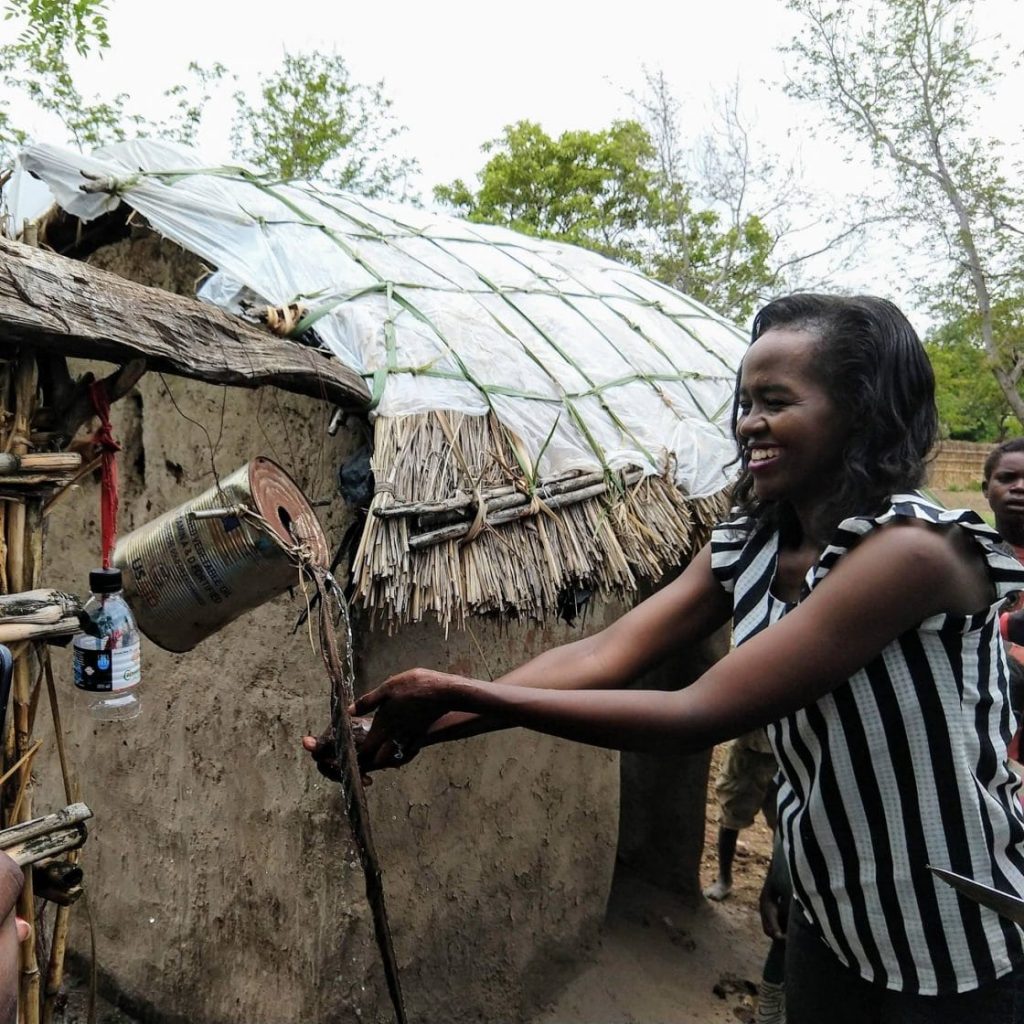







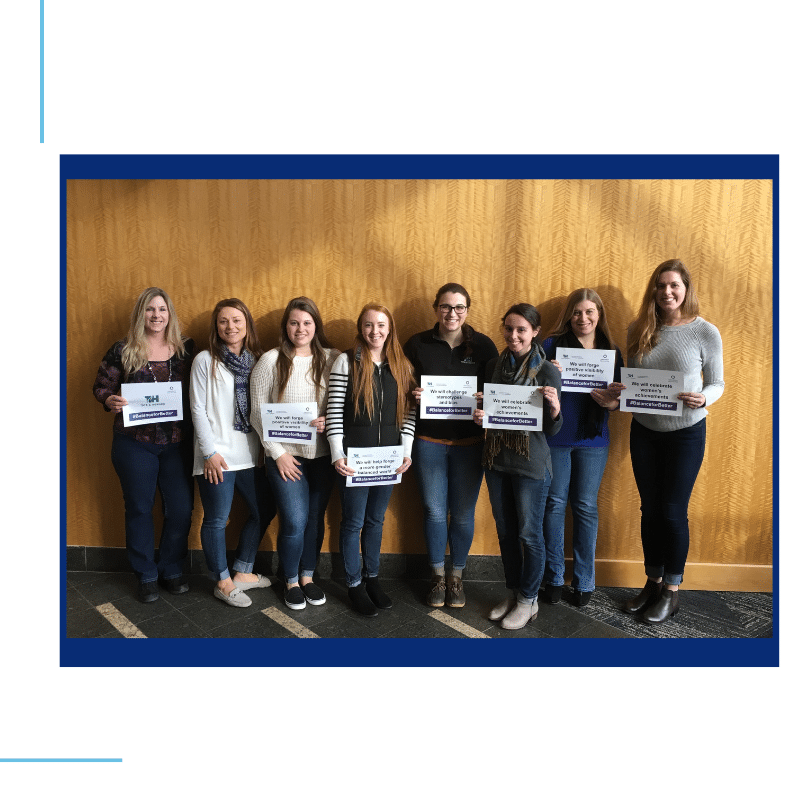
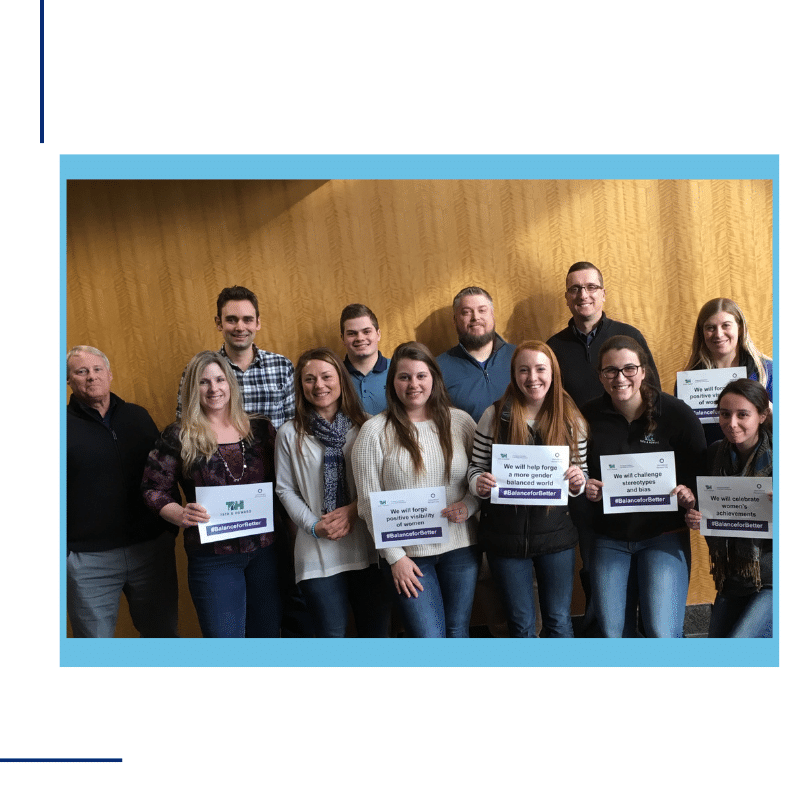
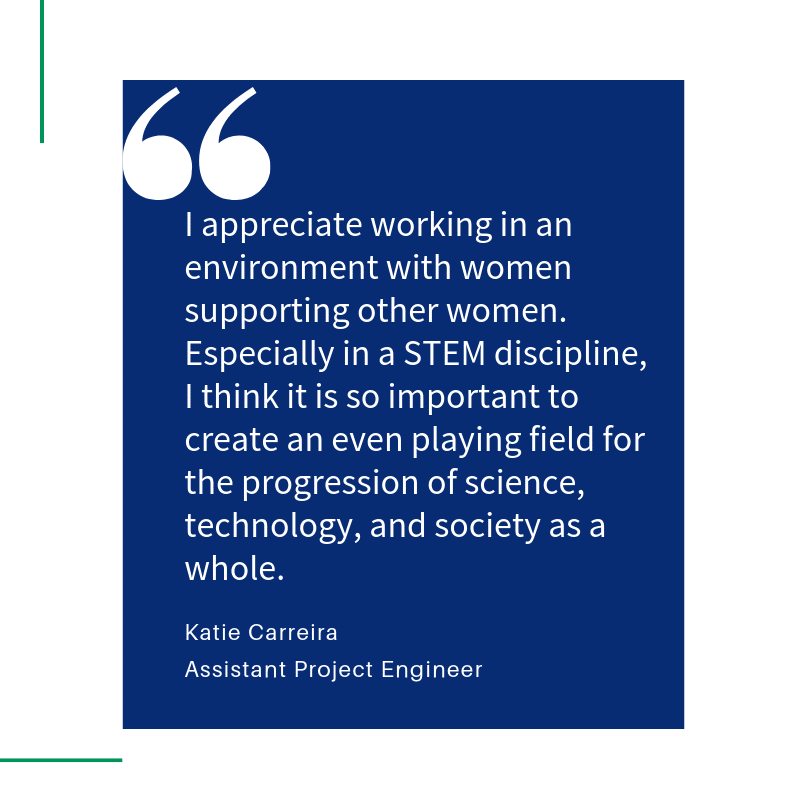
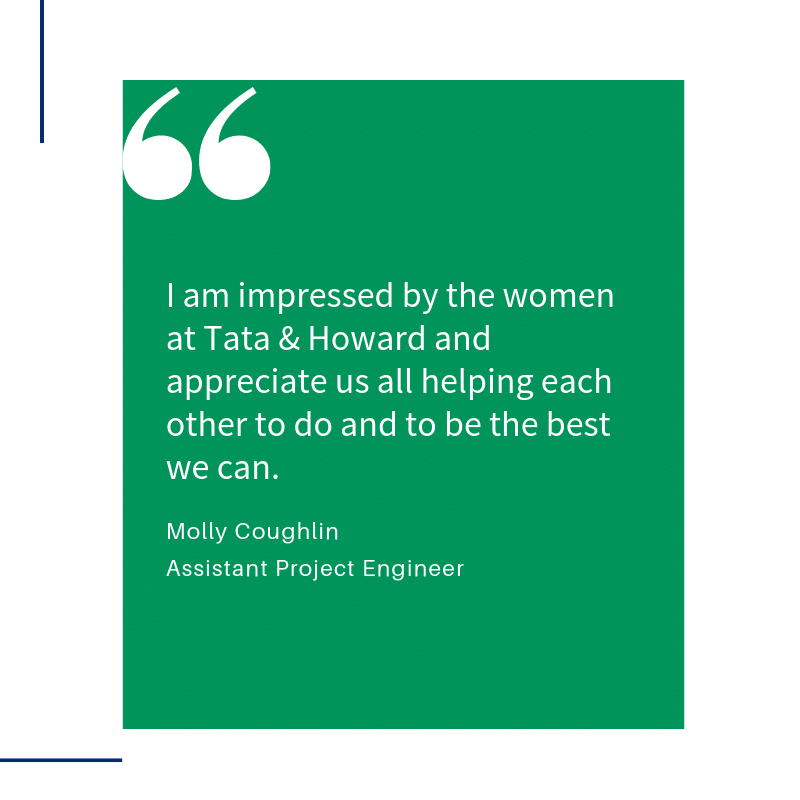
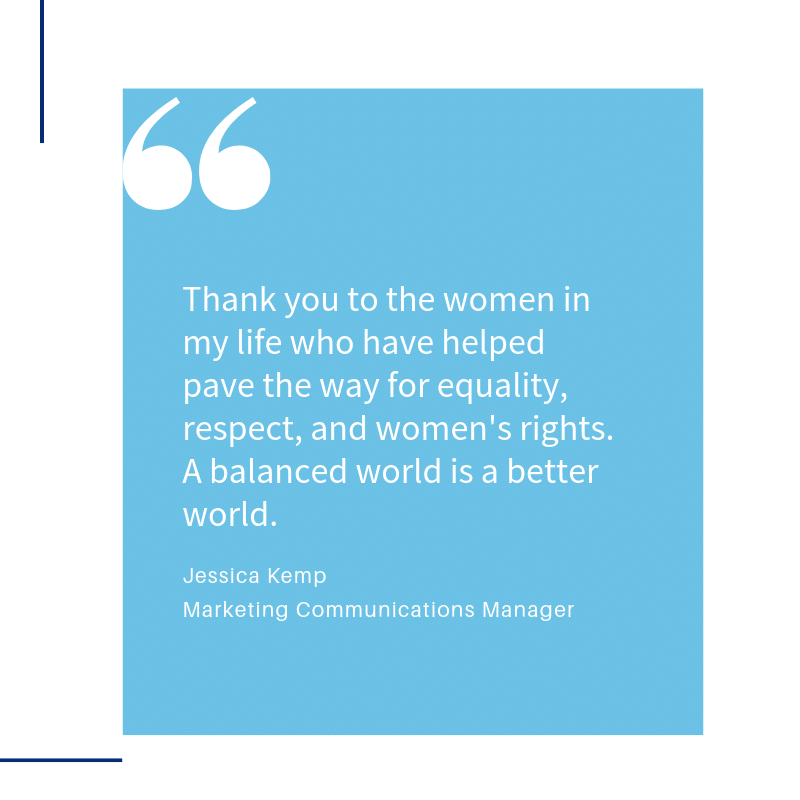
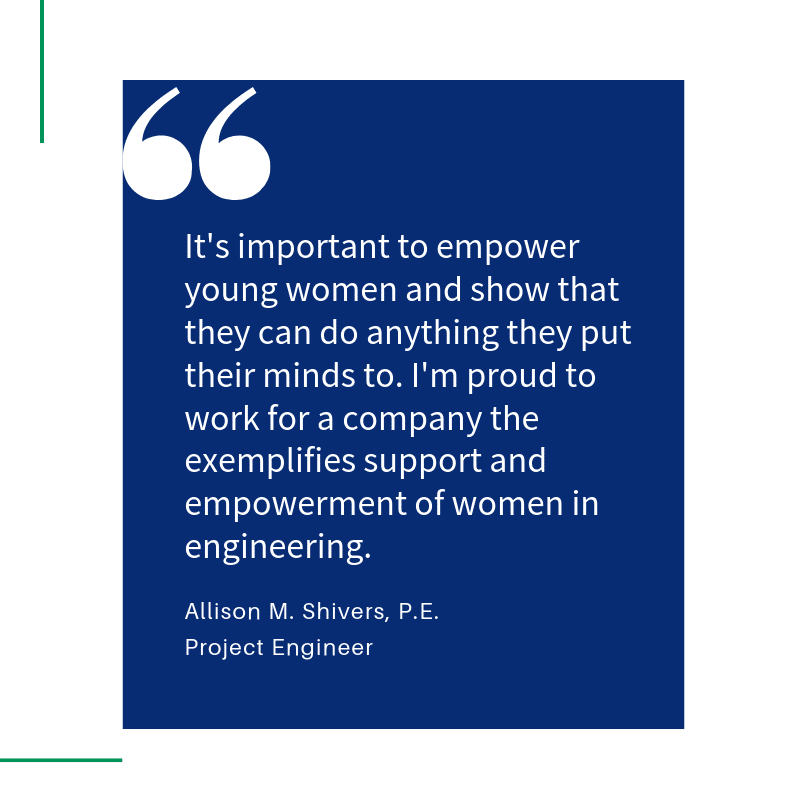
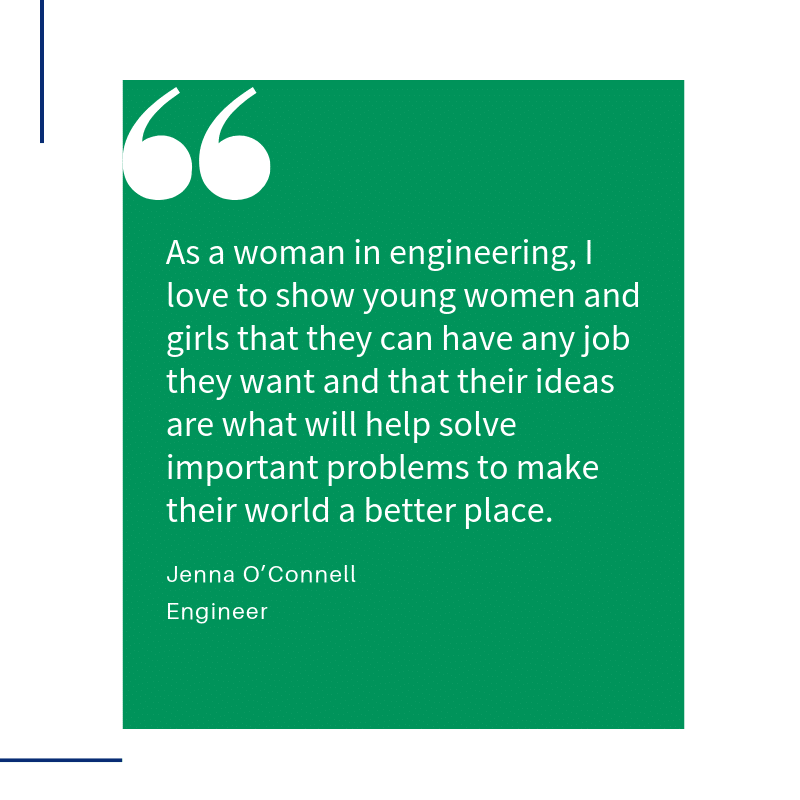
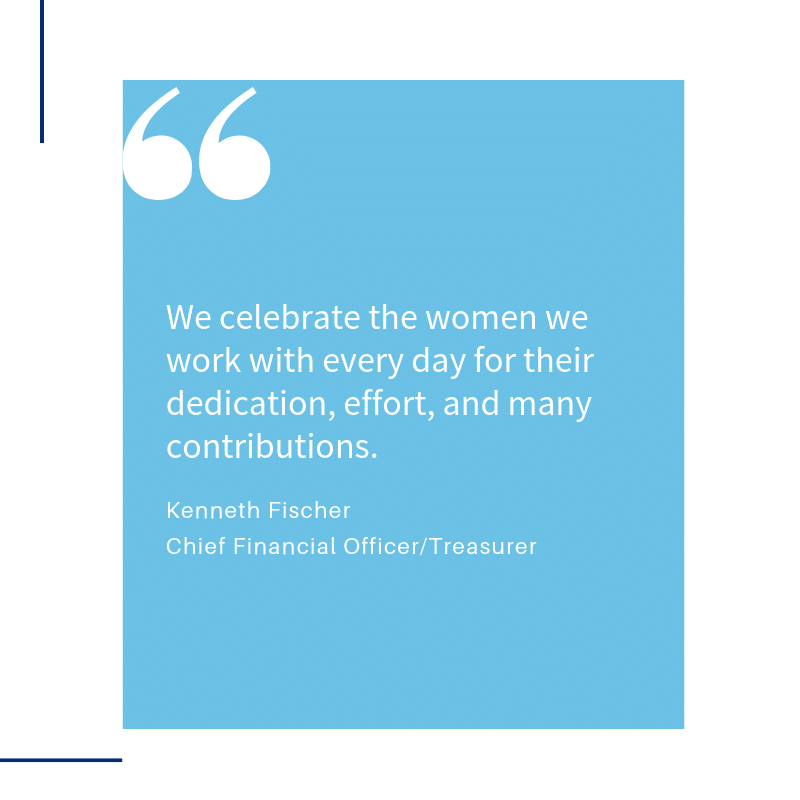
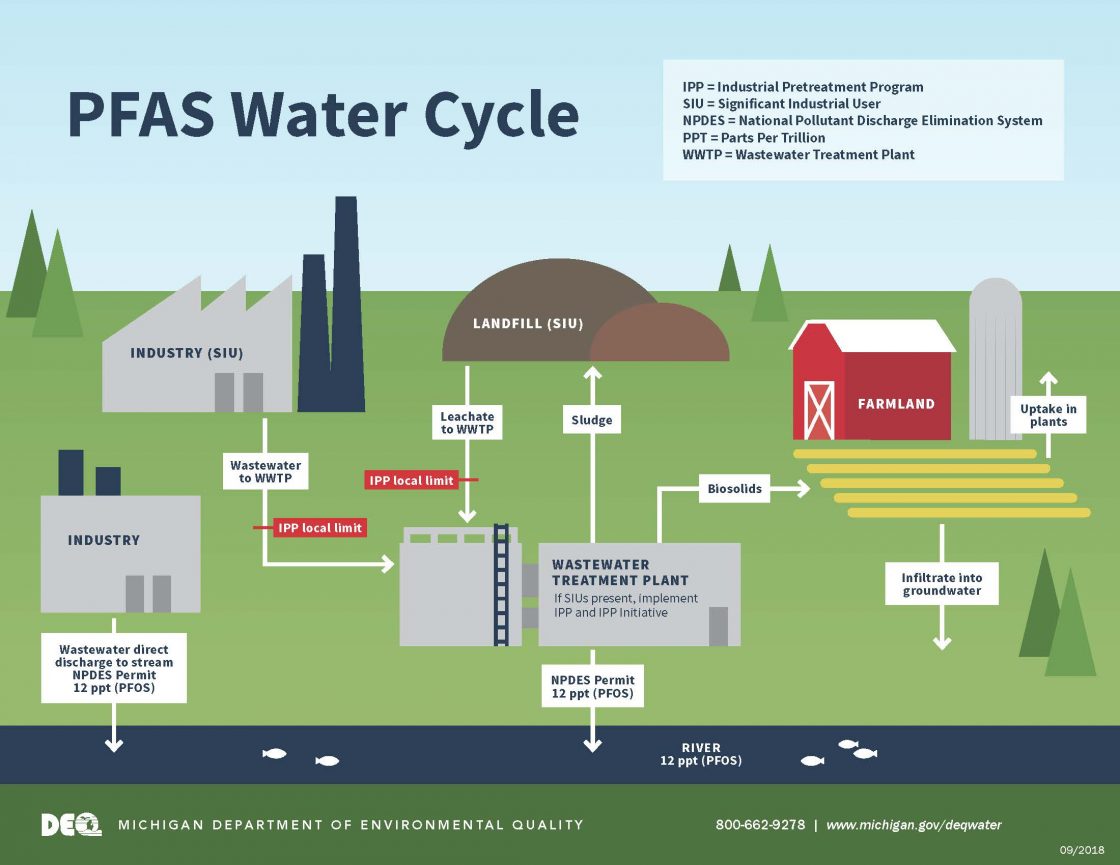
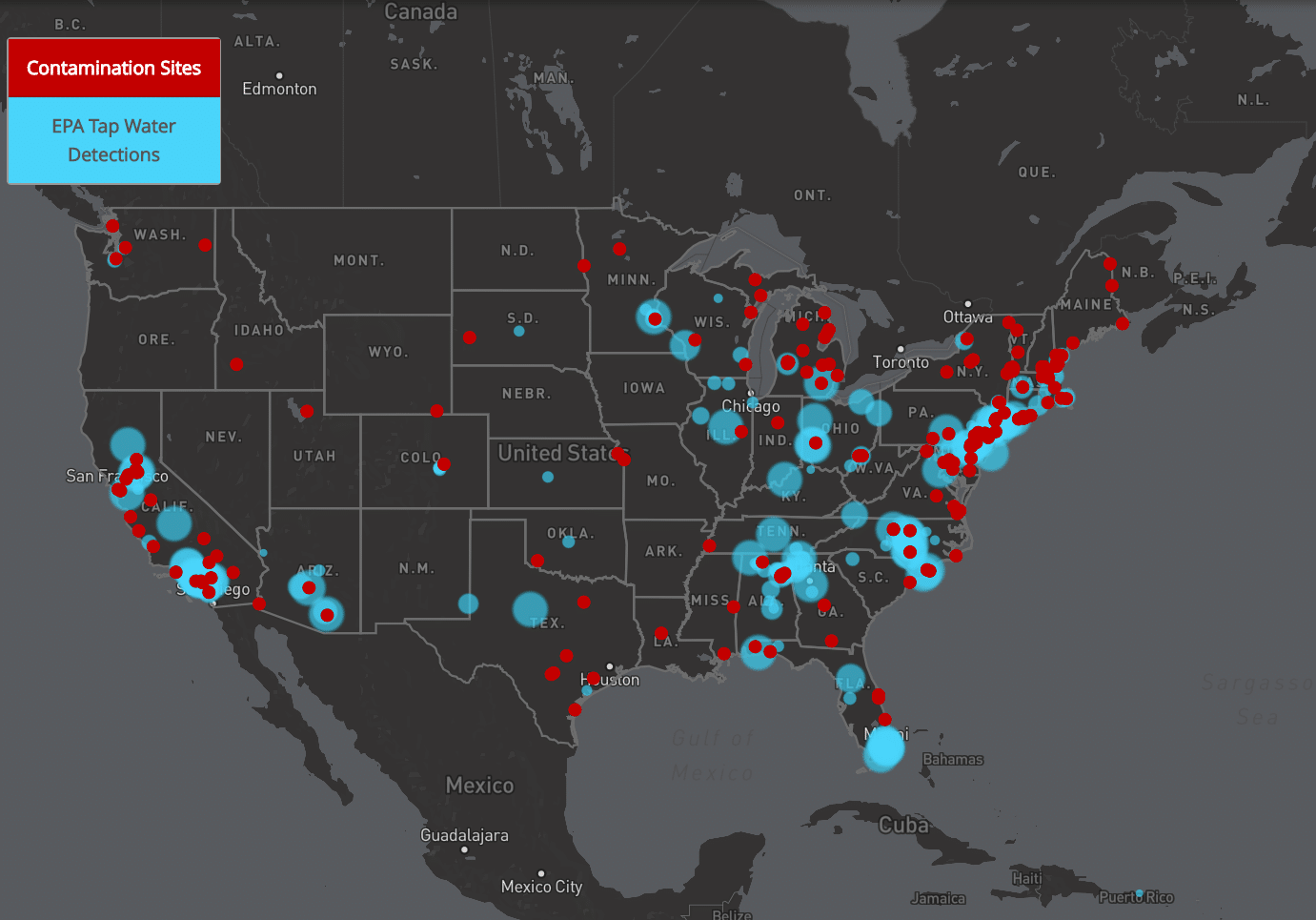

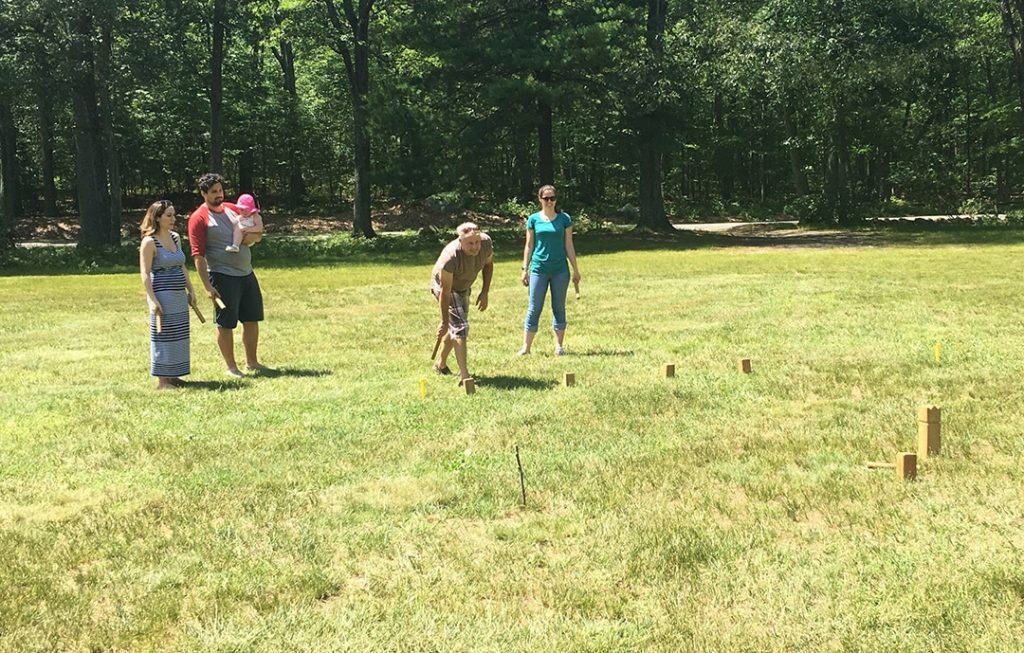



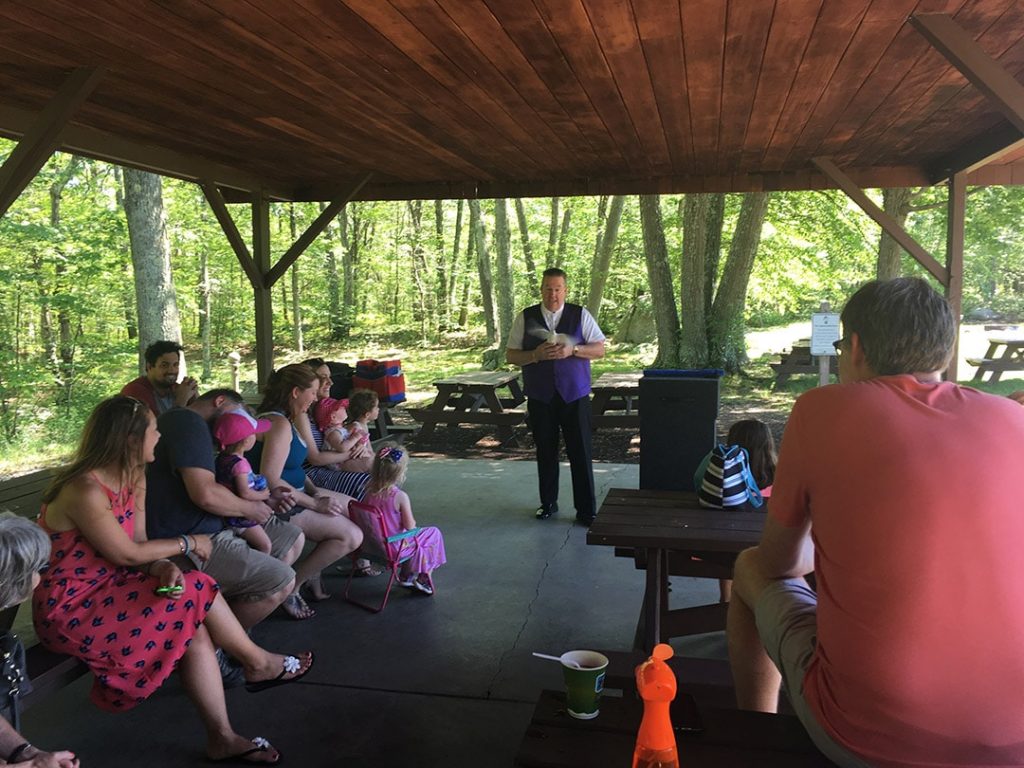
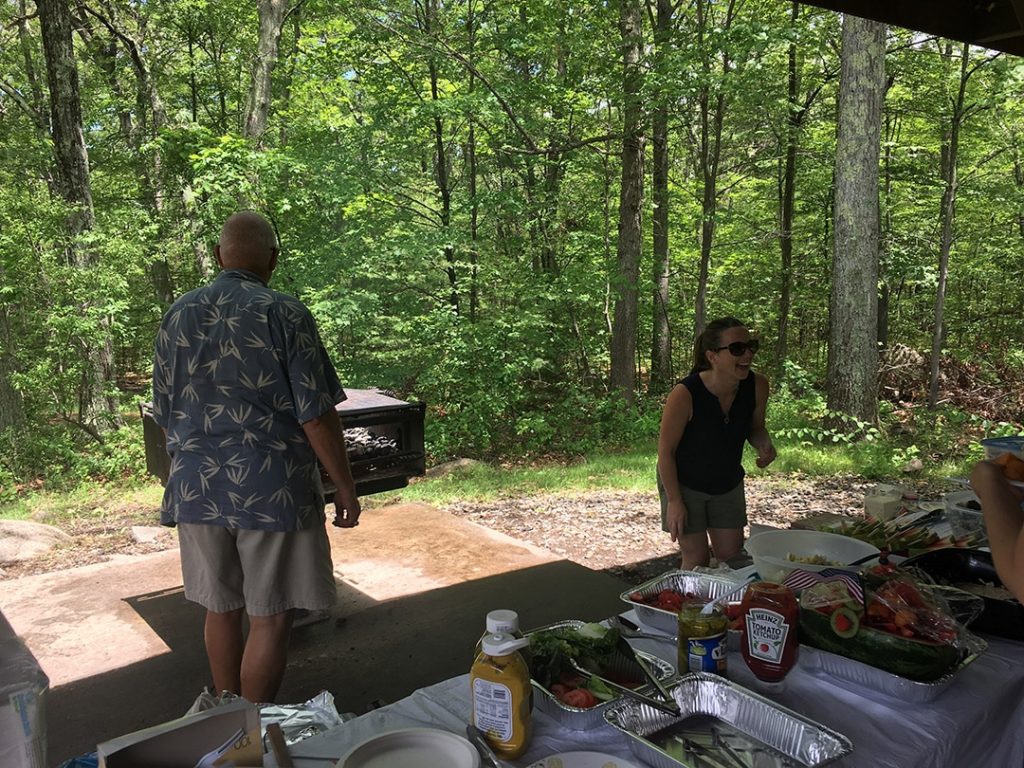
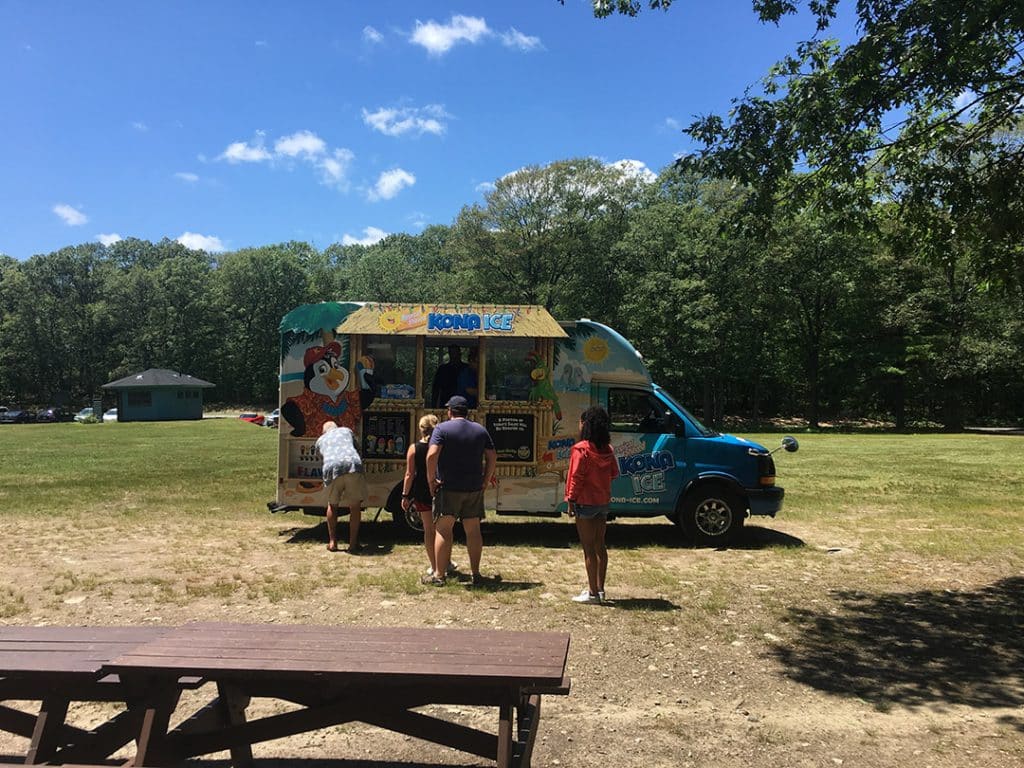

 While many New Year’s resolutions include renewing that old gym membership or cleaning out the garage, a great way to start the new year off right is to focus on conserving water. With
While many New Year’s resolutions include renewing that old gym membership or cleaning out the garage, a great way to start the new year off right is to focus on conserving water. With 